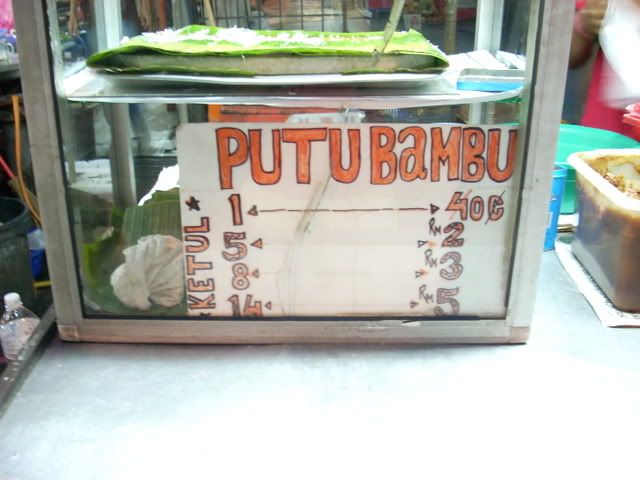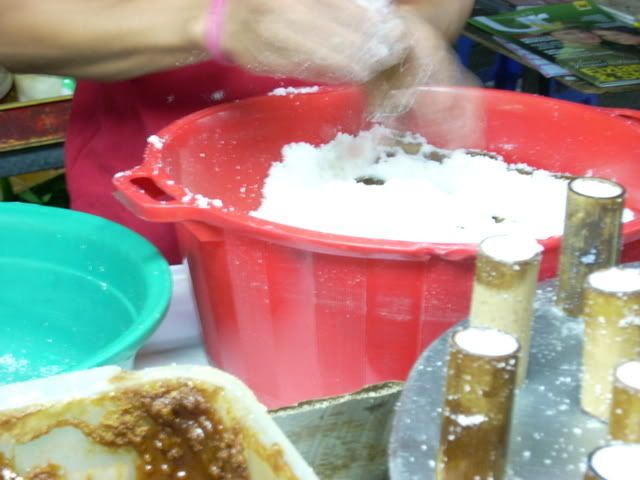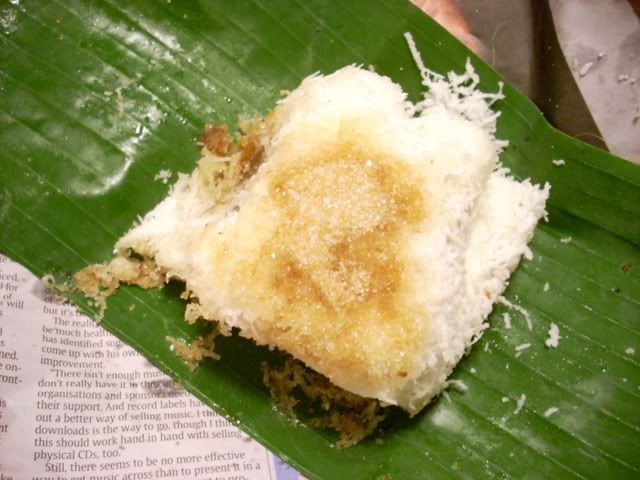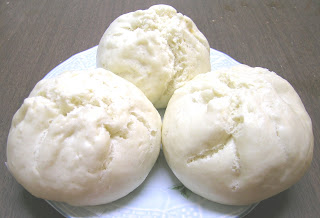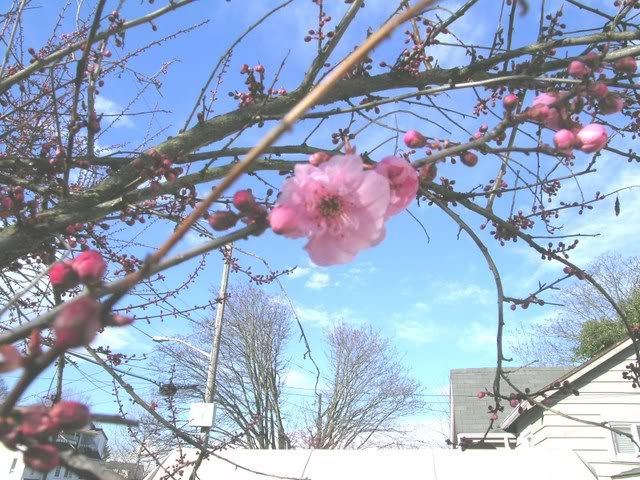 V
Vũng Tàu is one of the many famous beaches in Vietnam. Literally translated, its name comes to mean Puddle of Boats. Its beaches are a hot spot for foreign travelers as well as Saigonians who's agenda is to seeking a little ocean breeze and, of course......... fresh seafood. Most of the the seafood consumed in Sai Gon as well as the south come mainly from the freshwaters of Mekong Delta. Vũng Tàu offers seafood from the ocean, all sorts of saltwater goodies that is not easily accessible elsewhere in Saigon or the South. After the fall of Saigon, Vũng Tàu became a popular hotspot for freedom seeking boats. People planning to escape the communist government often told their local authorites that they were going to Vũng Tàu for a holiday and then once there they would sneak on the boats and sail out to sea, putting their lives at stake in search of freedom.

It was not until a decade and a half ago that the Vietnamese government realize the potential of Vũng Tàu as a tourist destination. The began to give the beach side city a face-lift in hopes of attracting more visitors, espcially foreign visitors. The waters are blue, the sand is golden and the skies are always bright making conditions perfect to enjoy a few fresh crabs from the local waters. Their crabs are steamed and served with lime and salt and pepper to bring out their natural sweetness....how good it is!
Along shores of Vũng Tàu sits many great diners that offer local specialties.

My group stopped at Quán Cây Bàng. What to order...what to order? Local specialties include Canh Súng and Cá Đối. Nomatter which diner you decide upon you should be able to order these dishes as they're the trademark dishes of Vũng Tàu.

Canh Súng is the marriage of
Canh Chua from the Mekong Delta and Canh Ngót from centeral Vietnam. The broth is the perfect balance between sweet, sour and savory, like canh chua. However, the veggies that go into it are celery and tomatoes like that of canh ngót. The fish used is of course a variety of saltwater fish. To top things off, lemongrass and preserved soybeans (tương hột) are added to give the soup its unique irresistible flavor.

Next up is Cá Đối Chiên Xù. Chiên Xù is a method of cooking fish where the fish is gutted but not scaled. The fish is then deep fried. This method results in a fish that is "puffy" in appearance. Chiên Xù is usually served with
fresh herbs. The fish is wrapped in the herbs, dipped in
fish sauce and enjoyed.... There is nothing special about the dish except for the fact that it's made with Cá Đối, a verity of saltwater fish that is avaliable in abundence in ....you guessed it, Vũng Tàu










